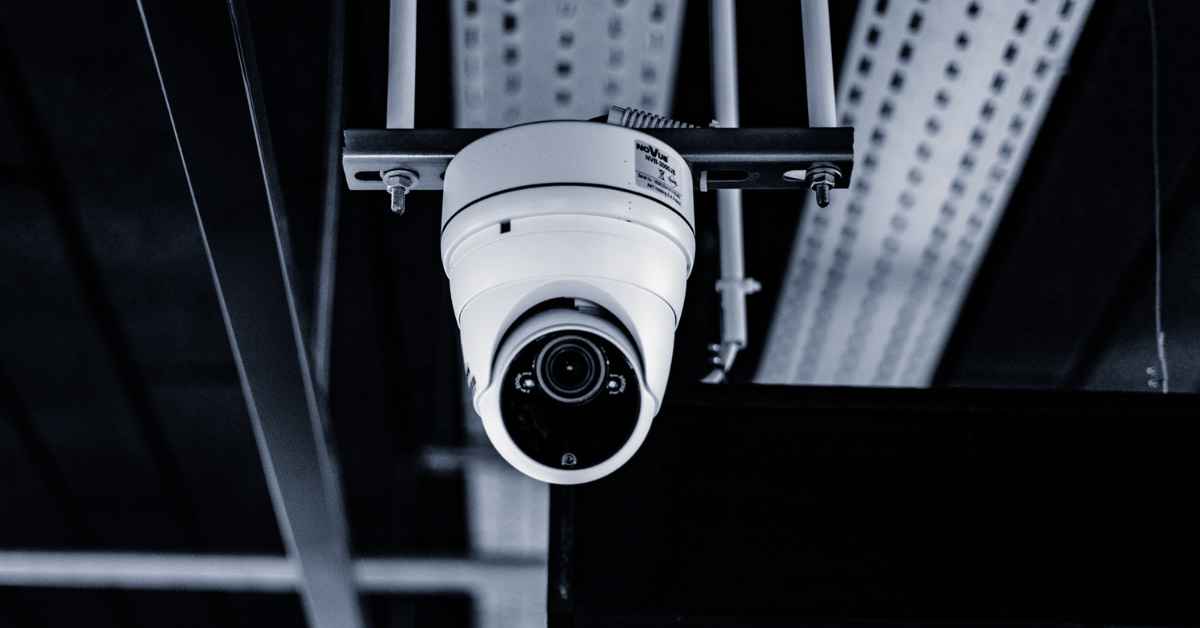False alarms are a significant issue for both residential and commercial security systems. They can lead to unnecessary stress, wasted resources, and reduced trust in the security system’s effectiveness. Advanced cctv camera installation have the potential to dramatically reduce false alarm rates through a combination of technology and smart features. This article explores how modern surveillance systems can help in reducing false alarms, providing peace of mind and efficiency for users.
Advanced Motion Detection Technology
One of the primary causes of false alarms in traditional security systems is simple motion detection that cannot differentiate between significant and insignificant movements. Advanced surveillance systems incorporate sophisticated motion detection technology that can distinguish between different types of movements, thereby reducing false alarms.
These systems use algorithms and sensors that can differentiate between human movement and other forms of motion, such as animals or falling leaves. By analyzing the size, speed, and pattern of the moving object, the system can accurately determine whether the movement is a potential threat.
Additionally, some systems offer customizable motion detection zones and sensitivity settings, allowing users to define specific areas that need monitoring and adjust the sensitivity to avoid false triggers from minor movements.
Integration of Artificial Intelligence and Machine Learning
Artificial Intelligence (AI) and Machine Learning (ML) are revolutionizing the capabilities of surveillance systems. By integrating AI and ML, surveillance systems can learn and adapt over time, improving their accuracy in identifying real threats and reducing false alarms.
AI-powered surveillance systems can analyze patterns and behaviors, recognizing the difference between routine activities and unusual events. For example, the system can distinguish between a person walking a dog and a suspicious individual loitering around a property.
Furthermore, these systems can be trained to recognize familiar faces, vehicles, and other objects, reducing the likelihood of false alarms triggered by known entities. This adaptive learning process enhances the reliability of the surveillance system and ensures that alerts are more accurate and relevant.
Use of Thermal Imaging Cameras
Thermal imaging cameras add another layer of accuracy to surveillance systems by detecting heat signatures rather than relying solely on visible light. These cameras can identify the presence of humans and animals based on their body heat, making it easier to differentiate between significant and insignificant movements.
Thermal imaging is particularly useful in low-light or nighttime conditions when traditional cameras may struggle to provide clear images. By detecting heat signatures, thermal cameras can reduce false alarms caused by shadows, reflections, or other visual disturbances.
Moreover, thermal imaging cameras are less likely to be affected by environmental conditions such as fog, rain, or darkness, ensuring consistent performance and reducing the chances of false alarms.
Implementation of Video Analytics
Video analytics involves the use of advanced algorithms to analyze video footage in real-time. This technology can detect and classify different types of activities and objects, providing more accurate alerts and reducing false alarms.
For instance, video analytics can identify behaviors such as loitering, trespassing, or unusual movements that may indicate a security threat. The system can also recognize specific objects such as vehicles, packages, or animals, filtering out non-threatening activities and focusing on potential risks.
Additionally, video analytics can be programmed to recognize and ignore routine activities, such as employees moving around in a business setting or family members coming and going from a home. This level of intelligence ensures that the system only triggers alarms for genuinely suspicious activities.
Customizable Alert Settings
Customizable alert settings allow users to tailor their surveillance system’s notifications to their specific needs and preferences. By fine-tuning these settings, users can minimize the chances of false alarms and ensure that they are only alerted to genuine security concerns.
Users can set different alert thresholds for various times of the day, adjust sensitivity levels, and create specific rules for different cameras or zones. For example, alerts can be minimized during busy hours and heightened during off-peak times when unusual activity is more likely to indicate a threat.
Furthermore, integrating the surveillance system with other smart home or business devices can enhance its effectiveness. For instance, combining surveillance cameras with smart locks and lighting systems can provide a more comprehensive security solution, further reducing the chances of false alarms.
Regular System Maintenance and Updates
Maintaining and regularly updating your surveillance system is crucial for ensuring its optimal performance and accuracy. Outdated software or malfunctioning hardware can lead to increased false alarms and reduced effectiveness.
Regular maintenance includes cleaning cameras, checking connections, and ensuring that all components are functioning correctly. Keeping the software up to date ensures that you benefit from the latest features, bug fixes, and security enhancements.
Moreover, many modern surveillance systems offer remote diagnostics and automated updates, ensuring that your system remains up to date with minimal effort. Regularly reviewing and adjusting the system settings based on performance and feedback can also help in fine-tuning its accuracy and reducing false alarms.
Human Verification of Alerts
Some advanced surveillance systems offer human verification services, where alerts are reviewed by security professionals before being forwarded to the user or authorities. This additional layer of verification significantly reduces the chances of false alarms.
Human verification involves security experts analyzing the video footage and determining whether the alert is a genuine threat. This process helps filter out false alarms caused by non-threatening activities, ensuring that only critical alerts are escalated.
Additionally, human verification services can provide immediate assistance and guidance in the event of a genuine security threat, enhancing the overall effectiveness and reliability of the surveillance system.
In conclusion, advanced surveillance systems equipped with sophisticated motion detection, AI and ML, thermal imaging, video analytics, customizable alerts, and human verification can significantly reduce false alarm rates. By leveraging these technologies and maintaining the system regularly, users can ensure that their surveillance systems provide accurate and reliable security, minimizing unnecessary disruptions and enhancing overall peace of mind.



